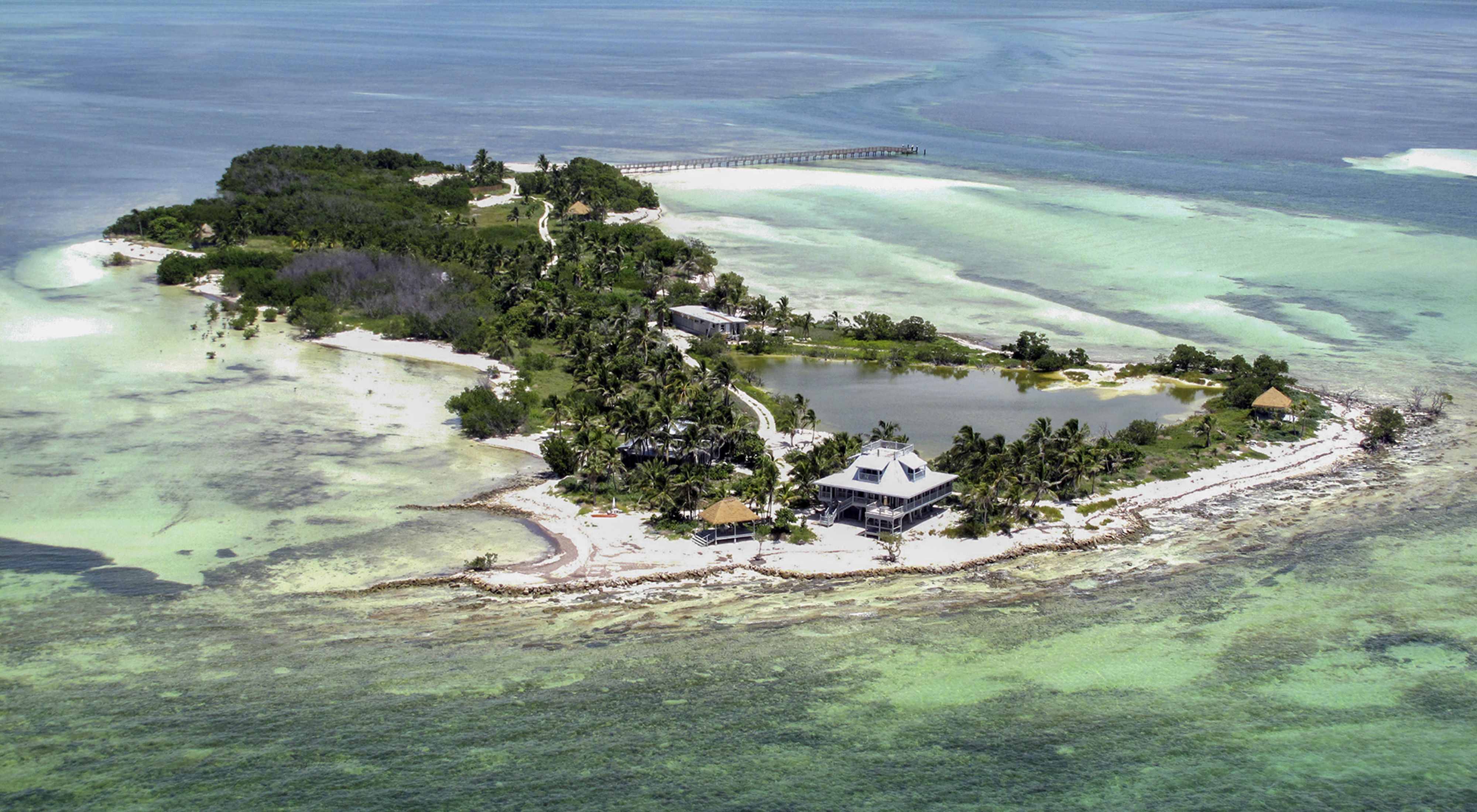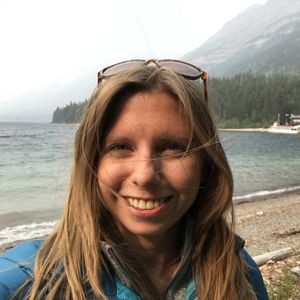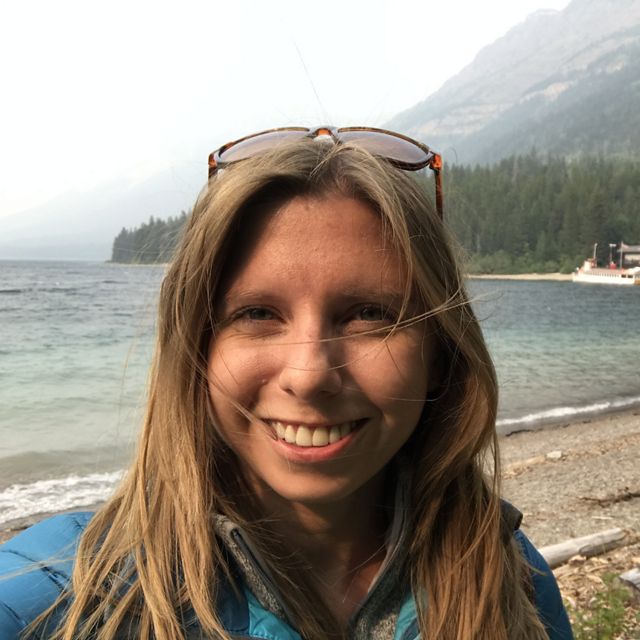Key to the Refuge
A hundred years after Teddy Roosevelt created it, the Key West National Wildlife Refuge is complete
Fall 2019
Since its founding in 1908, the Key West National Wildlife Refuge in Florida has protected a vast chain of remote islands—all except for one small key. This year that 14-acre island, long known as Ballast Key, joined the wildlife refuge after owner David Wolkowsky donated it to TNC for that purpose.
Wolkowsky, sometimes called “Mr. Key West” for his role in preserving historic buildings in the South Florida town and driving much of the early tourism in the area, bought the island from the Navy in 1973. He built a house, a guest house and a dock on the key. In the following decades, he hosted numerous writers, artists and generally colorful characters there including Truman Capote, Tennessee Williams and Margaret Thatcher—reportedly often serving his guests hot dogs and wine.
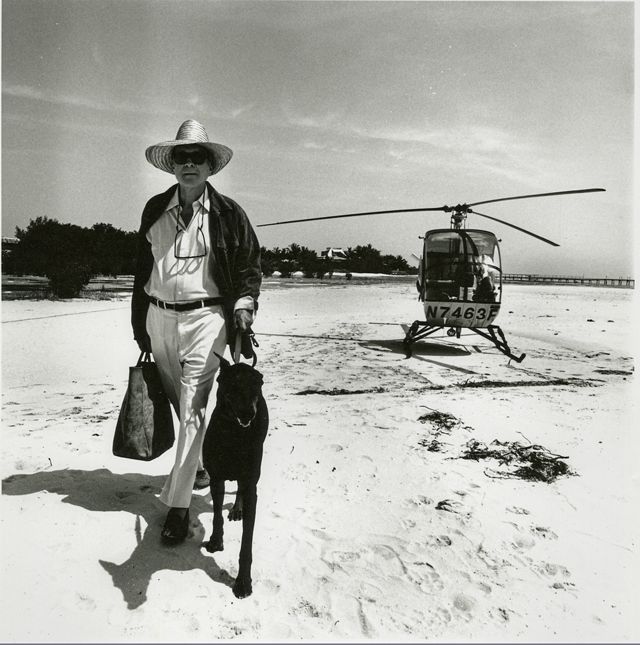
Ballast will be renamed after its longtime owner, says Chris Bergh, a program manager for TNC in South Florida. Bergh met with Wolkowsky several times before his death to discuss how he wanted the island to be preserved. “He was really instrumental in showing that people shouldn't knock down old buildings,” Bergh says of Wolkowsky's philanthropy. “No one had thought of him as an environmentalist [before], but the donation of the island proves otherwise.”
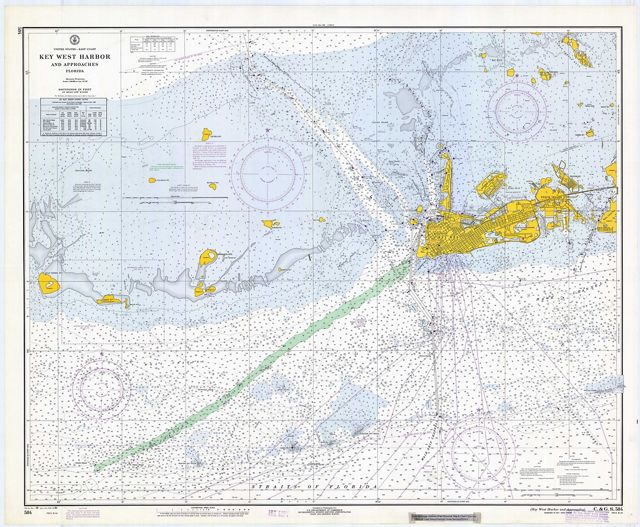
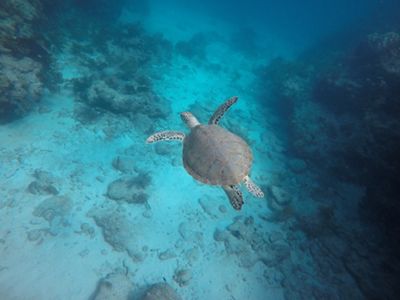
The key will become a research station owned by the Fish and Wildlife Service but managed by TNC. “The Keys are pretty well-studied from an environmental perspective,” says Bergh. “But the specific area where Ballast Key is located is the gap in the research.”
Studies will likely focus on coral reefs, sharks and nesting sea turtles. The buildings that once hosted creative luminaries will now host scientists researching the marine world surrounding the key.
Bergh, who grew up in Key West and has spent time among the other islands in the refuge, says Ballast Key has mangrove swamps, beaches, dunes and a variety of coastal vegetation. “As you’re sitting in the main house, you’re looking down at the beach and the water and the sea and you can see tarpon and sea turtles and all sorts of birds,” he says. “I think it’s the most beautiful place in the world.”
Get the Magazine
Sign up to become a member of The Nature Conservancy and you'll receive the quarterly print edition of the magazine as part of your membership.
